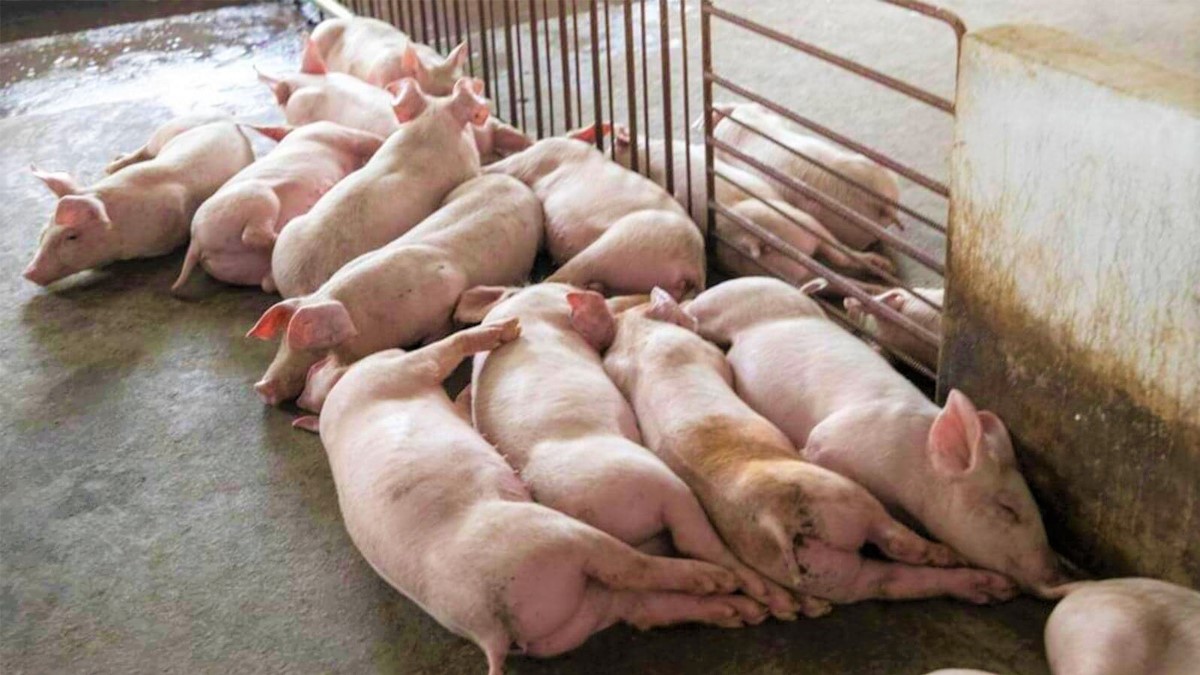
African Swine Fever Detected in Five Districts Including Kathmandu

African swine fever, a highly contagious viral disease affecting pigs and wild boars, has been identified in various districts across the country. The Department of Livestock Services (DoLS) confirmed the presence of the disease in Kathmandu, Lalitpur, Tanahun, Lamjung, and Kaski during routine surveillance efforts. Particularly alarming was the reported death of pigs and boars in Tanahun due to the fever.
DoLS emphasized ongoing efforts to mitigate the spread of the disease, including the implementation of biosecurity measures, border and internal quarantine protocols, as well as intensified monitoring, surveillance, and awareness campaigns.
In addition to the confirmed cases in Gandaki Province, the Directorate of Livestock and Fisheries Development of Bagmati Province reported cases in Godavari Municipality of Lalitpur and Kirtipur Municipality of Kathmandu. Local authorities have been urged to conduct awareness programs to educate farmers and communities about the risks associated with African swine fever.
Lalitpur metropolis has already initiated measures to alert farmers within its jurisdiction about the disease, highlighting the importance of prompt action to prevent further spread.
Since its first detection in Nepal on May 16, 2022, African swine fever has rapidly spread to 28 districts, resulting in significant livestock losses. The disease, characterized by a high mortality rate, primarily affects pigs, boars, and wild boars, with symptoms including high fever, skin discoloration, loss of appetite, and neurological signs leading to death.
Efforts to combat African swine fever are challenged by the lack of effective treatments. The World Animal Health Organization underscores the importance of strict biosecurity measures and controlling the movement of animals and animal products from infected areas to contain the spread of the disease. As the situation evolves, authorities continue to monitor and respond to the threat posed by African swine fever to Nepal’s livestock industry.












Comments